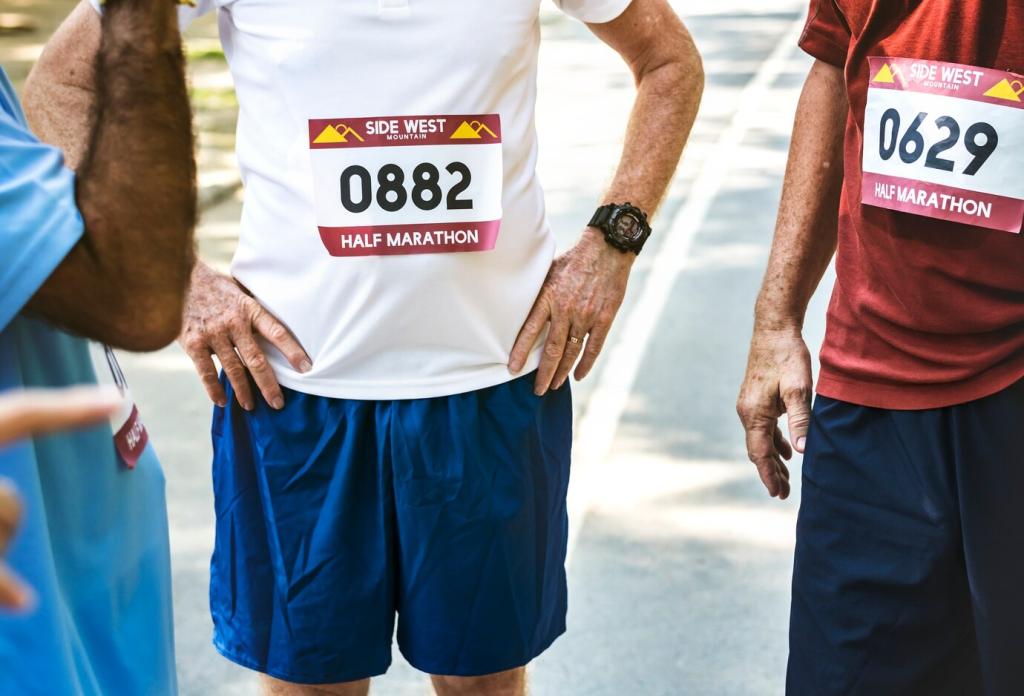Standards, Safety, and Race Credibility
Look for AIMS or national federation certification to ensure accurate distance and potential record eligibility. If you’re targeting Boston or Abbott rankings, confirm whether results count. Not every scenic route is certified, so match your goals to the race’s technical status.
Standards, Safety, and Race Credibility
Cutoffs vary from four to eight hours. Ensure your pace fits the event’s timeline so aid stations remain open for you. Corral assignments affect early congestion; provide accurate seed times for a smoother first five kilometers and a steadier heart rate.








